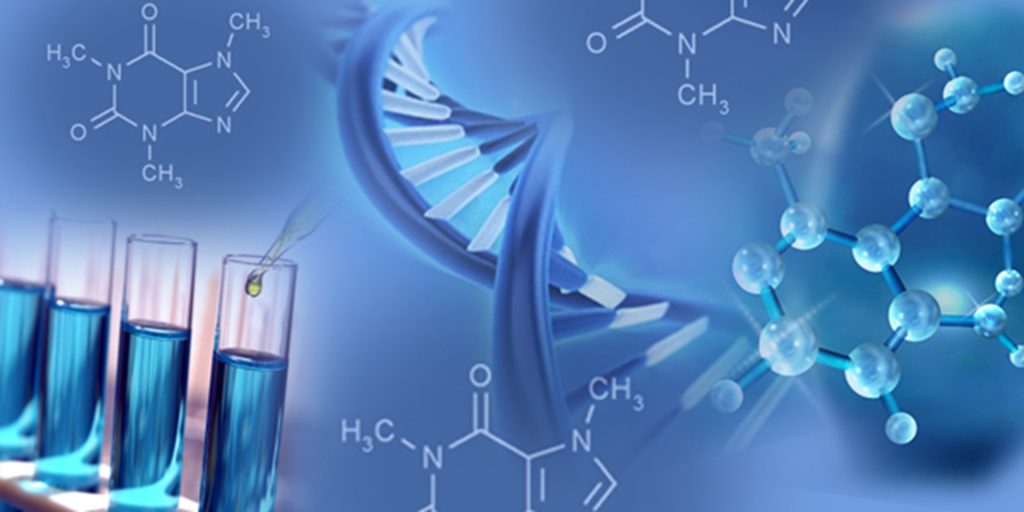
Plastic is a word from the Greek root meaning ((shapeable)).
Plastics are solid polymers.
Plastics are divided into two groups: thermoplastics and thermosets:
Thermoplastics do not change their molecular structure due to heat and only become soft and moldable. Hence, these materials are recyclable and reusable. Polyolefins, polystyrene, and PVC are from this group.
Thermosets can only be molded and molded once (during production). Melamine and vulcanized rubber are from this family.
What is plastic?
Plastics are a group of synthetic or semi-synthetic materials that are produced by the polymerization process. Plastics are actually addition or condensation polymers. Most plastics are synthetic materials and are not found naturally in nature, but some plastics are semi-synthetic and are derived from natural materials such as cellulose, but are then modified by chemical processes. Plastics are malleable and can be molded into various shapes, hence one of the characteristics of plastics is their good ductility. Plastics are molded into various shapes under thermal and mechanical processes.
Plastics are impregnated with numerous additives such as anti-blocking agents, antioxidants, anti-cracking agents such as polybutadienes, heat stabilizers, lubricants, dyes, and flame retardants such as antemeran. After the plastic is disposed of as waste, each of these materials can enter into a chemical reaction of the polymer with the food due to the heat of the food.
Polyethylene terephthalate: One of the most common types of plastic used in the production of beverage bottles, food containers, etc.
High-density polyethylene: This type of strong and hard plastic is often used in the manufacture of milk bottles, detergent bottles, and pipes.
Low-density polyethylene: A more flexible plastic than hard polyethylene, it is used in the production of shopping bags, cellophane, stretch film, shrink film, and so on.
Polyvinyl chloride: A versatile type of plastic that comes in two types: hard or flexible. This type of plastic is used in the manufacture of pipes, building materials, and some food packaging.
Polypropylene: A strong but lightweight type of plastic that is commonly used in the production of food containers, bottle caps, and carpets.
Polystyrene: A brittle plastic that is mostly used in the manufacture of cups, plates, and disposable packaging.
Acrylonitrile butadiene styrene: This type of plastic is used in the production of toys, electrical components, and pipes. Polycarbonate: It is used in the production of bulletproof glass, CDs, and DVDs.
Plastic production is a very complex process due to its high diversity, and we have briefly explained the stages of plastic production in this section.
Raw material preparation: Plastic production begins with raw materials such as natural gas, oil, or even plants. These raw materials are rich in hydrocarbons and the building blocks of plastic.
Breaking: In the next step, these raw materials are broken down into smaller and more controllable molecules in a process called cracking.
Polymerization: In this step, the smaller molecules resulting from cracking are joined together and form long chains called polymers.
Additives: Various additives are usually added to the polymer to enhance certain properties. For example, color pigments, heat-resistant materials, or plasticizers are added at this stage.
Shaping: The plastic is melted and molded into the desired shape. This shaping can be done through various techniques such as extrusion, injection molding, or blow molding.
Cooling: The shaped plastic is then cooled and solidified to retain its shape.